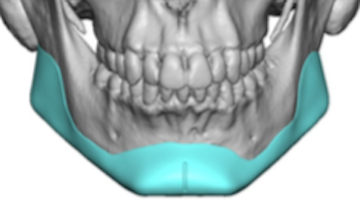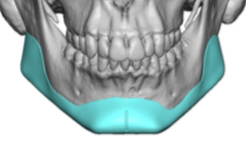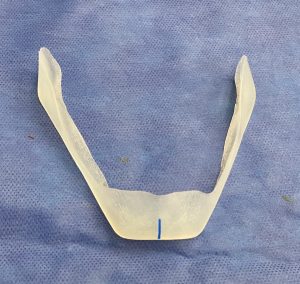Custom jawline implants are the definitive method for lower jaw/facial augmentation. By controlling all dimensions of the implant shape it is very much like expanding the bone boundaries of the entire lower jawbone. (specifically the inferolateral border from one jaw angle to the other)
While patients understandably pay enormous attention and put a lot of thought into the jawline implant design, one very important aspect of seeing the aesthetic effect of that design is surgical placement. While positioning the implant on the bone as designed seems straghtforward, it is far from being so. Placing a large implant through three small incisions provides visualization of less then 1/3 of the implant once inside the pocket… quite a difference compared to how it looks on the design.
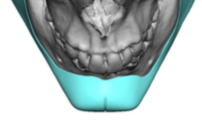
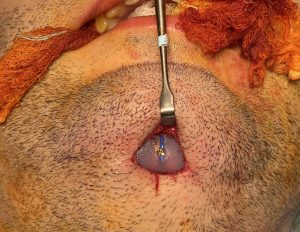
As a general concept in any custom facial implant, not just jawline implants, some of the design features may be aid the surgeon in placement and thus bring a different value to the aesthetic outcome (prevention asymmetry) than the shape and thickness of the implant.
Dr. Barry Eppley
Indianapolis, Indiana

